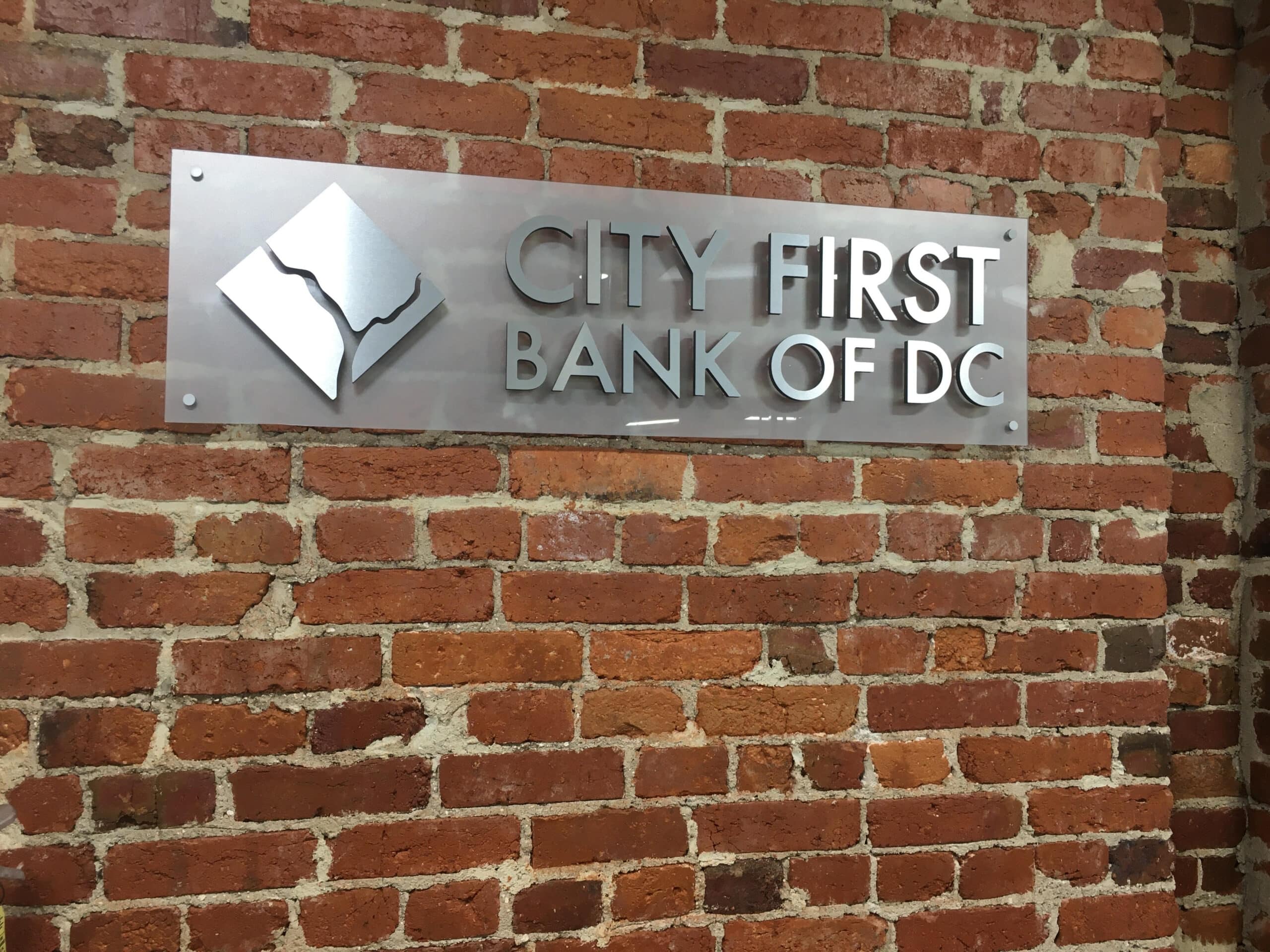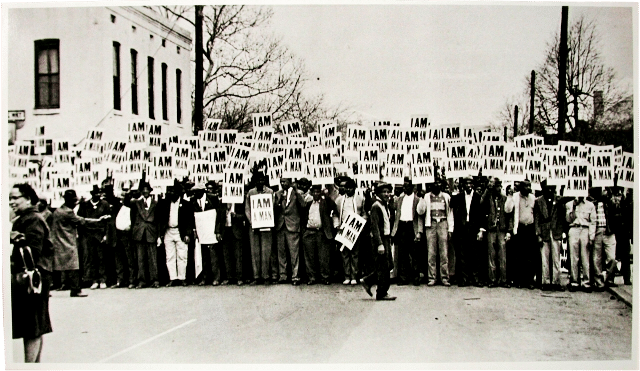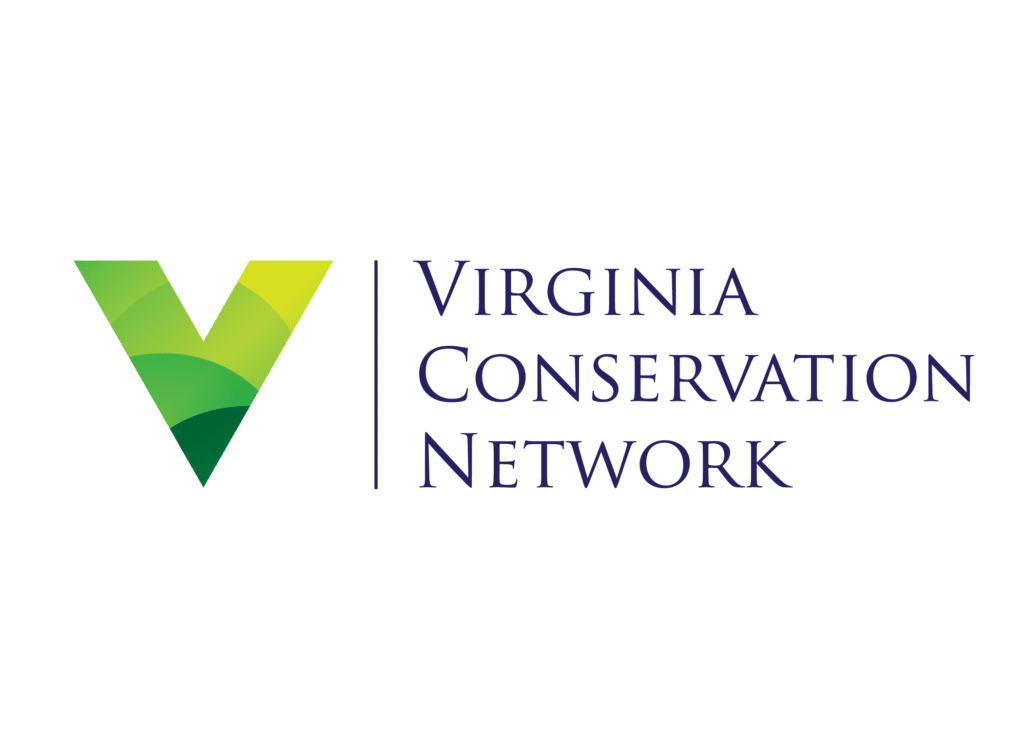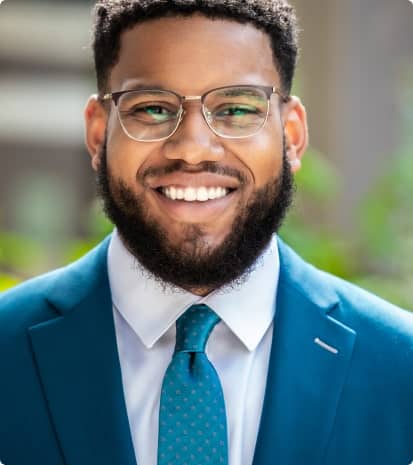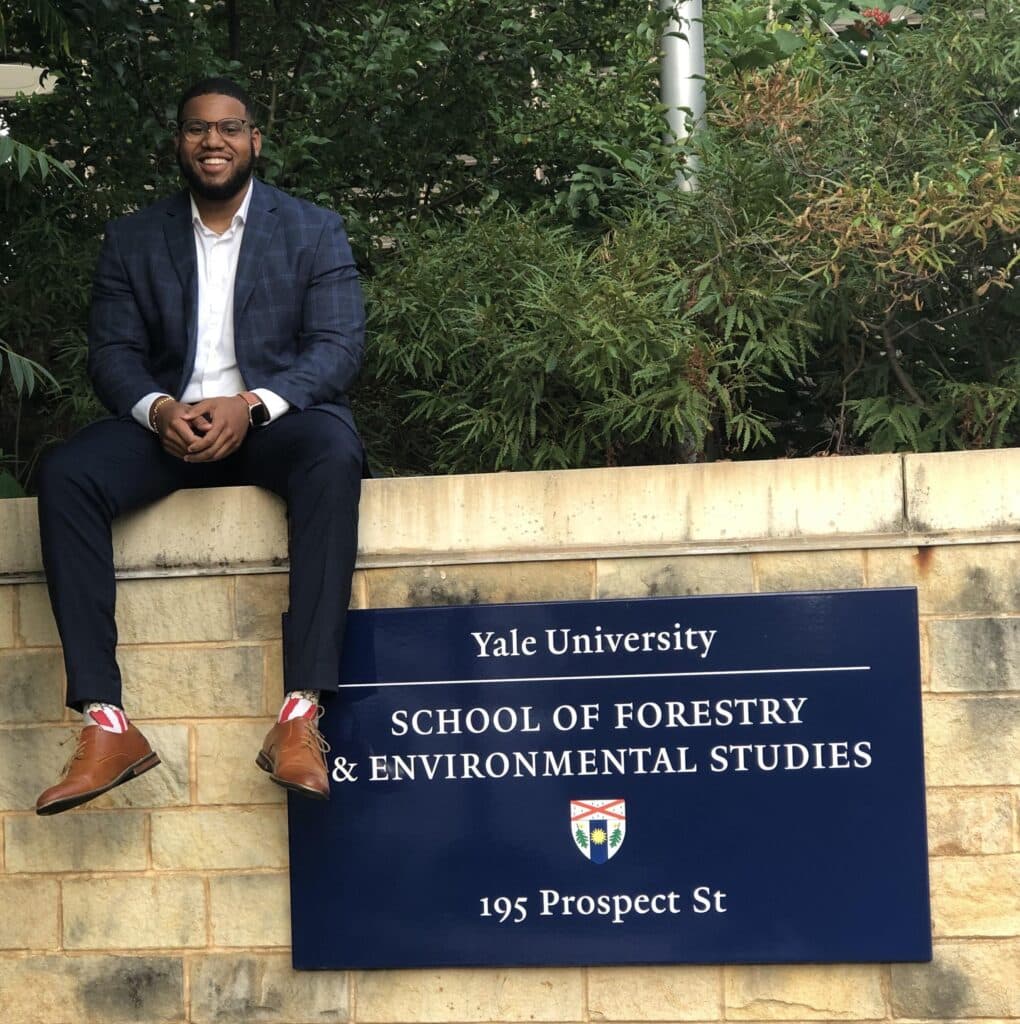
Ever since I took Yale’s Financing and Deploying Clean Energy Certificate Program, I’ve been asked many questions by professionals, students, and peers. What did you learn? Did you enjoy the experience? Why did you select this program?
Given BlackOak Collective’s partnership with the Yale Center of Business and the Environment (CBEY), I thought I’d take a moment to reflect on these questions and share candidly my experience in CBEY’s certificate program.
What is the program?
The Financing and Deploying Clean Energy (FDCE) Program is a one-year certificate program designed for working professionals who are ready to turbocharge their skill sets in the field of clean energy. Throughout this course, students take modules in clean energy fundamental, technology, finance, socioeconomic drivers, and innovation in the industry. The goal is to build a common language across disciplines and to give participants applicable knowledge they can immediately bring into their work.
Why did I decide to take the course?
I get this question a lot from people who reach out on LinkedIn trying to learn more about the program and if they should apply. When I applied to the first cohort of FDCE, I was working full-time as a business development analyst at a solar developer and financier in D.C. For context, here were three major functions in my role at Sol Systems: designing solar arrays on a potential customer’s site to get a better understanding of system size and energy output, throwing those outputs with other pricing assumptions into a financial model to calculate the return the project investors would see on the project, then building either a presentation or proposal package to deliver to the potential customer. I enrolled in this program for a few reasons:
- Learn Project Finance Specific to Clean Energy. Half of my time (if not more) at Sol was spent working in a financial model and I did not have any economics, project finance, or modeling experience at the professional- nor university-level. While I was excel-savvy and knew how to play with different assumptions to get desired outputs to make a deal work, I was seeking a program that would help me understand how project finance worked from a fundamental standpoint; I needed to start from scratch. The FDCE Project Finance module, led by world-renowned sustainable project finance-guru, Dan Gross, exceeded all of my expectations and helped me develop a skillset I can apply across multiple functions in the industry.
- Ability to Continue Full-Time Work While Taking a Structured Course. I was looking for a program that could get me up to speed on the workings of the clean energy industry while being able to learn from my experiences as an entry-level analyst at Sol Systems. This worked out perfectly as I was able to immediately apply what I was learning in the classroom to my work. I put in about 8-12 hours per week watching lectures and working on assignments. If I ever had a conflict where I couldn’t meet a deadline because of a work “fire-drill” or late night proposal, the CBEY team was always understanding and made it easy to reach out and request extensions, which made life much easier.
- Networking with Other Professionals in the Industry. One of the biggest surprises when I went to New Haven for the on-campus week was the cohort’s diversity of experience. While I thought this would attract more young professionals, my classmates had experience spanning from politics, to engineering, to finance; some were executives within the industry and some were looking to lead their company into a green era. This melting pot that CBEY created fostered a community of mission-oriented professionals who will continue to stay in touch for years to come. If there’s a big news story in clean energy, I can almost guarantee I’ll see a link in my cohort’s Whatsapp chat before I get the update from my company or see it on LinkedIn.
- The CBEY Team. In my personal life and in business, I’ve learned that putting my money and trust in the right people is more important to me than placing it on the right product. I signed a lease at my new apartment because the property management staff was very detail- and resident-oriented, not because it was the greatest apartment I saw. Fortunately, I knew FDCE was the right product for me, but I didn’t know how supportive the people would be. I remember joining the informational webinar to learn more about the program and seeing how passionate Stew, Heather, Vero, and Coral were about the program. This wasn’t just a job for them; it was something much more. Two years later, I can hear the same passion in voices when they talk about the program. Their enthusiasm and transparency checked the last box for me. I always felt appreciated when communicating with CBEY and nothing about that has changed.
What Did I Take from the Program?
FDCE gave me the opportunity to learn not only the fundamentals of the clean energy industry, but helped me build a deeper understanding of project finance through lessons by clean energy project finance guru, Dan Gross.
The biggest “lightbulb” or “ah-ha” moment I had was in the Project Finance module of course. Professor Dan Gross taught a lesson on sensitivity analysis where you look at different variables in a model and create a separate chart with different levers to see how any given change in one variable affects the rest of the model. So for example, if the cost to build a solar array increases by 5%, the sensitivity analysis would show that the increase would have X% effect on IRR. This was so useful given a lot of assumptions we made in preliminary models at Sol didn’t typically hold up throughout the lifecycle of an opportunity, given negotiations with subcontractors and other third-parties. Previously, I would have created 15 different scenarios for an opportunity and run a macro in excel on each just to check “what happens if the utility company actually charges us $550,000 for interconnection as opposed to $200,000. Is the project still financeable?” Professor Gross showed us that there was a simple, intuitive, efficient way to play with the different variables and outputs. It was pretty mind-blowing, really. As soon as I learned that, I made a tab that linked to our financial assumptions and shared with the team so that everyone could have access to that quick analysis for each project we worked on.
Overall, what I learned in the FDCE course changed my perspective of clean energy careers. As a business and solar project development analyst, I came in thinking that project development was the most important, impactful side of clean energy. I was wrong. There are so many subfields of clean energy that perfectly mesh to allowed me to have business to build and solar projects to develop. I overlooked the impacts of regional and federal policymakers, advocates, lawyers, technicians, financiers, insurers, software developers, etc. in the industry and FDCE opened my eyes to how everyone, in synchrony, is needed to fight global warming.
Who would I recommend the program to?
I would recommend anybody who’s remotely interested in clean energy and its development to apply for the program. The course did a really good job of teaching the high-level need-to-knows about clean energy, but also really goes into detail on the financial aspects. Before I enrolled, the course offers a highly comprehensive overview of the different clean energy technologies and how those are implemented across the world. It gives a great overview for anyone interested in a career in clean energy, transitioning from a different career sector, or even currently working in the industry.
As far as the Black community and communities of color are concerned, it’s just so important to think about the fact that people of color have been and will be the first and worst affected by global warming. Rural communities largely populated by African Americans are most affected by energy development in general given the placement of oil rigs, processing plants, and big compressors in pipelines that span thousands of miles. That’s no coincidence. Additionally, when you think of energy access and really look at the savings that residential and commercial clean energy systems can bring, they’re just not as accessible to communities of color. According to a new study by the nonprofit American Council for an Energy-Efficient Economy (ACEEE), Black households spend a much larger portion of their income on energy bills than non-Hispanic white households – 43% more on average. Low-income households spend three times as large a share of their income on energy costs as other households.
These disparities make low-income households and communities of color disproportionately vulnerable to utility shut-offs, despite there being cheaper ways to procure electricity through community solar and other offtake programs.
Given the energy/electricity cost disparities we face as a Black community, I believe it’s really important for people of color to be interested or at least have some understanding of how clean energy works and how low-to-moderate-income communities can be positively affected by clean energy. Just an overall understanding of the industry has the ability to be a game-changer for Black communities. With this understanding, we can research information about our utility’s energy mix, we can proactively subscribe to energy efficiency and community solar programs, and we can even use those savings on electricity to invest in other issues that plague our community such as the disproportionate gaps in higher-education and homeownership to name a couple.
I also don’t want to go without mentioning that clean energy is not only the future of energy infrastructure in our country, but globally as well. There’s no better time to build skills in an industry that will be around for centuries to come as we continue to expend our natural resources. Not only will you be fighting the good fight against global warming, you’ll also gain a little job security doing it!
Interested in Applying?
The admissions deadline for the 2021/2022 FDCE program is March 14, 2021, 11:59 p.m. EST. Decisions about admissions and scholarships will be announced on or about April 2, 2021.
Apply here!
